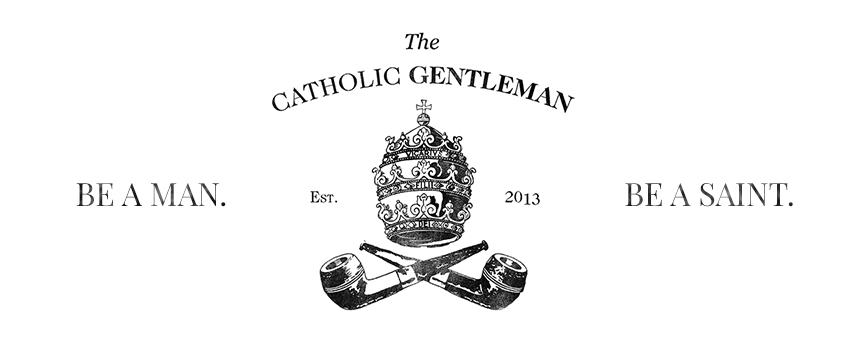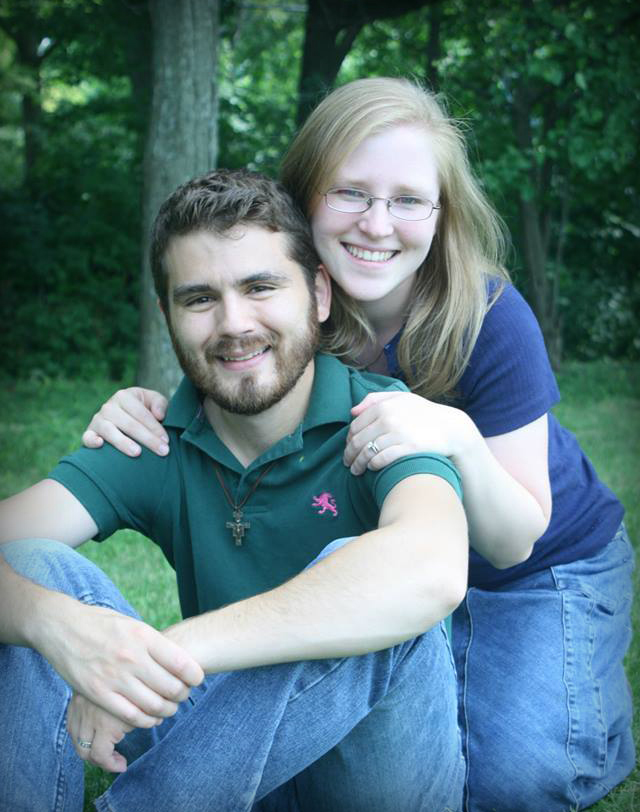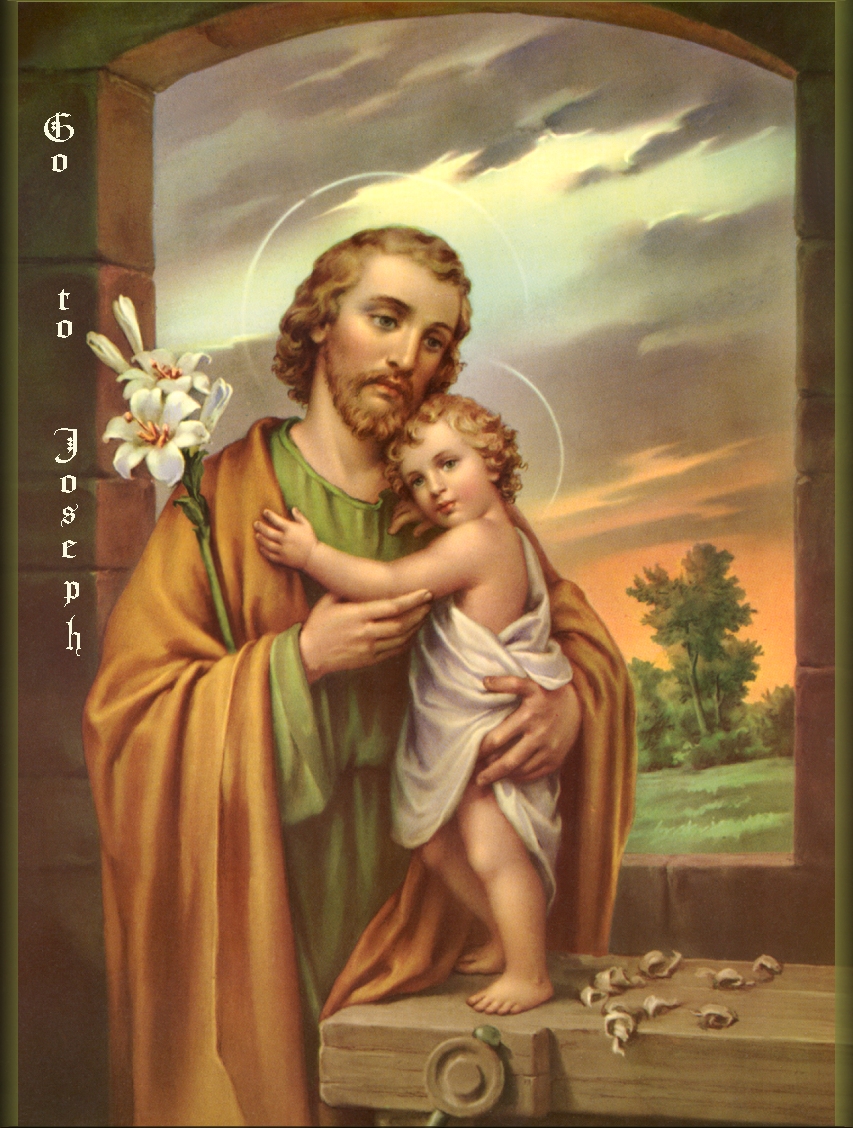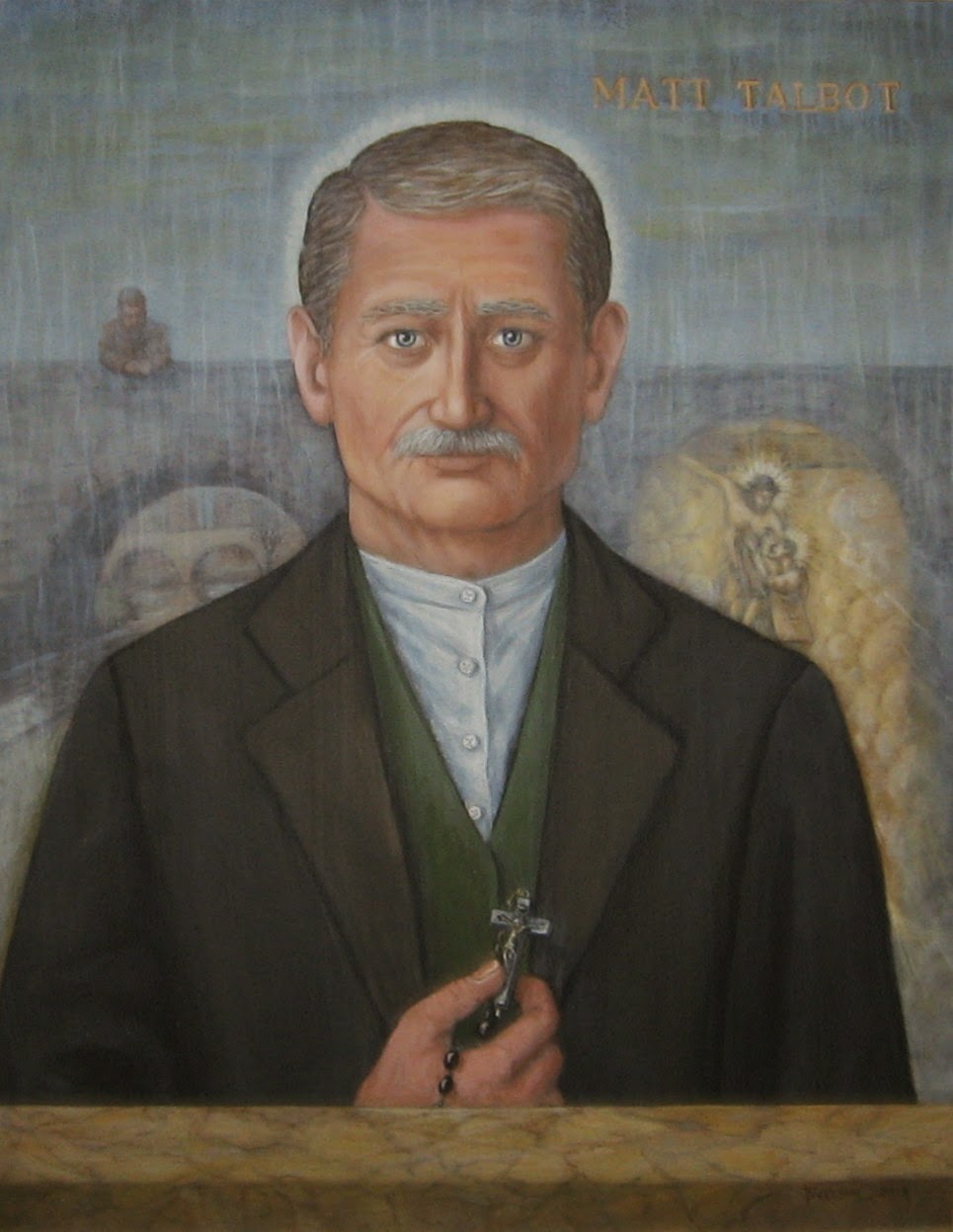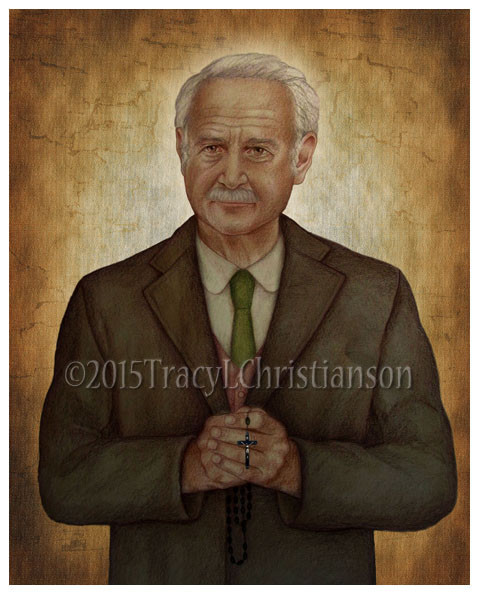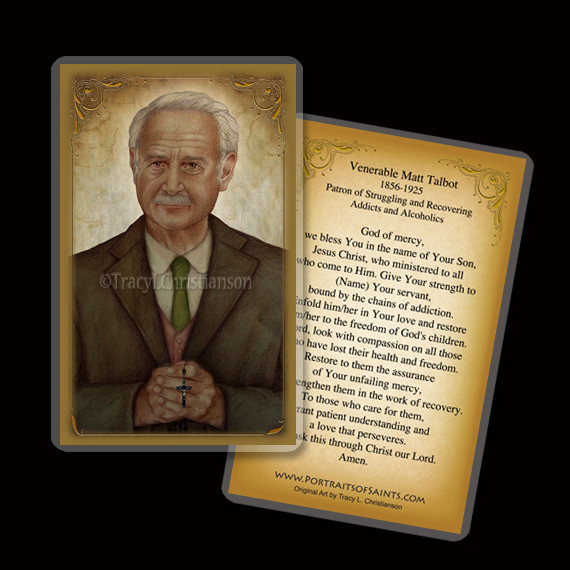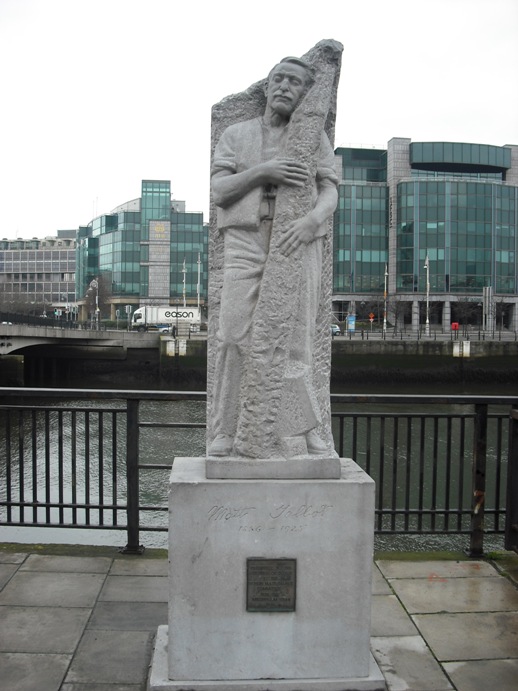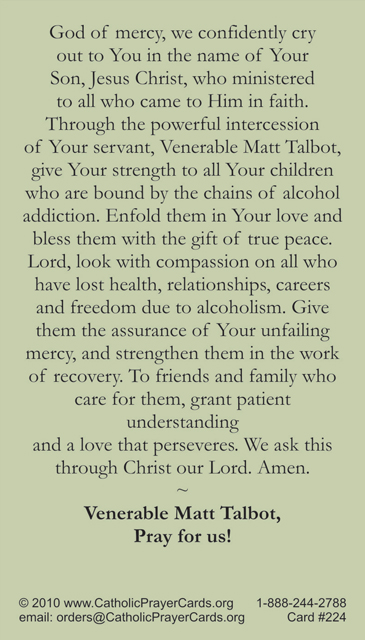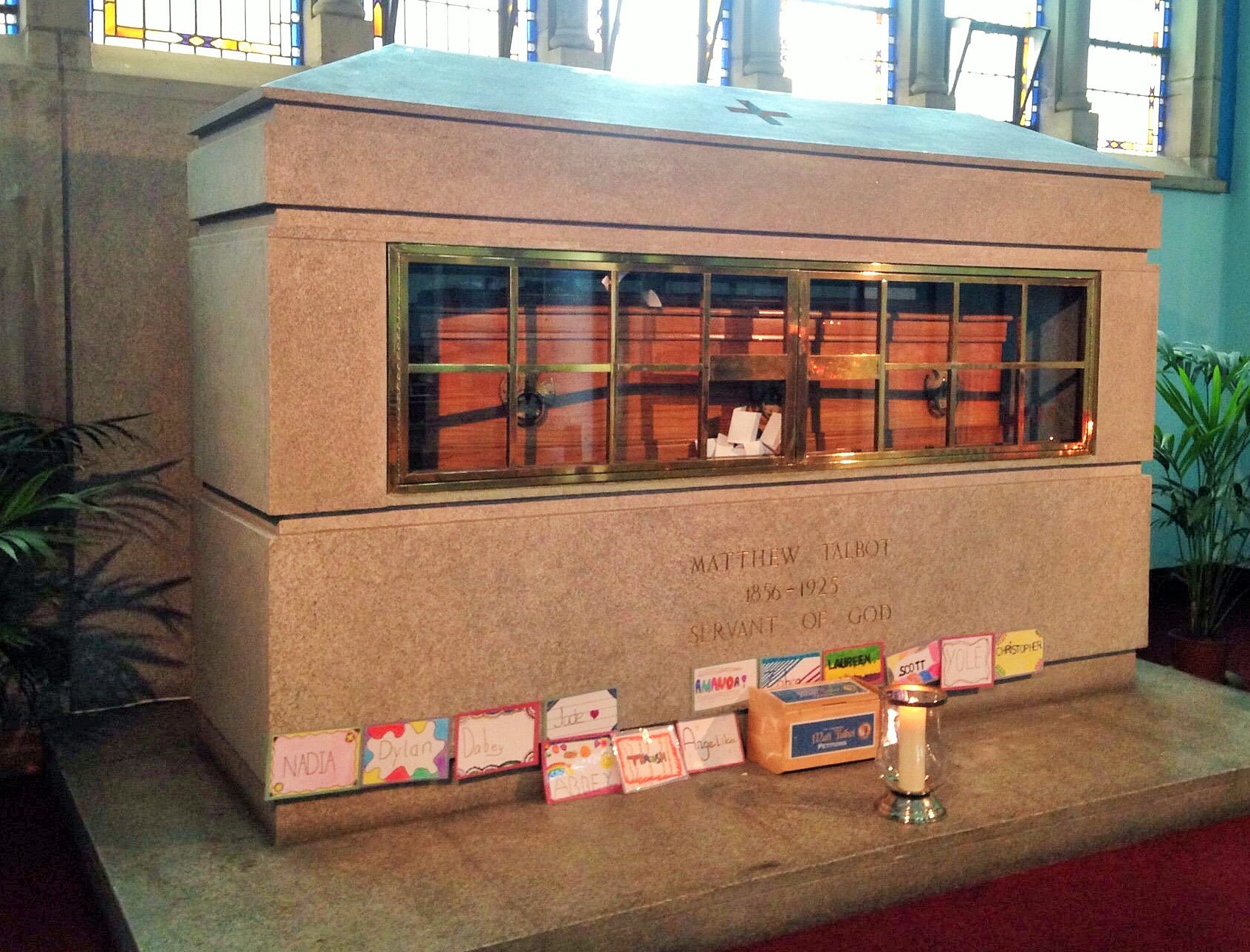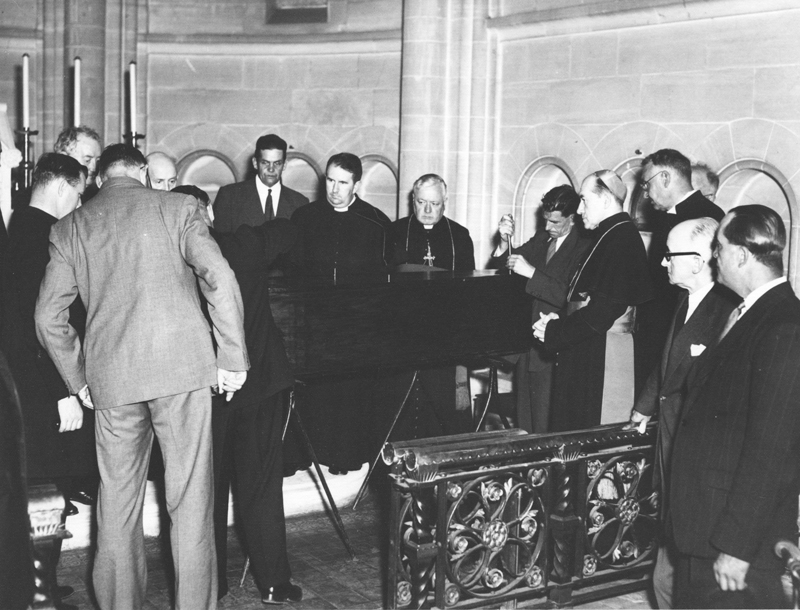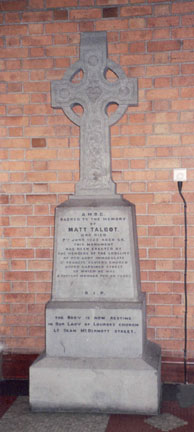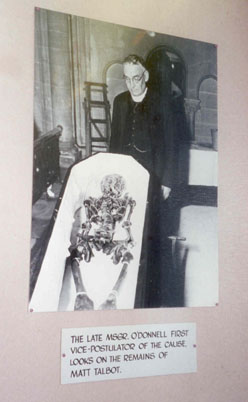“Whom/what shall separate us from the love of Christ? Shall trouble or hardship or persecution or famine or nakedness or danger or the sword?
As it is written:
“For Your sake we are killed all day long;
We are accounted as sheep for the slaughter.”
Yet in all these things we are more than conquerors through Him Who loved us. For I am persuaded that neither death nor life, nor angels nor principalities nor powers, nor things present nor things to come, neither height nor depth, nor anything else in all creation, will be able to separate us from the love of God that is in Christ Jesus our Lord.”
Romans 8:35-39
Jn 15:5
Pornography is a BIG problem in modern society. Actually, no. Pornography is a HUGE problem in modern society. Did you know that 10-15% of all search engine requests and 20% of smart phone searches are for pornography? Studies show that 90% of boys and 60% of girls are exposed to pornography before they are 18 years old. In addition, 70% of young men and 20% of young women view pornography every week and pornographic sites have more monthly visitors than Twitter and Amazon combined.
We should first, as the Jesuits say, define our terms. The word “pornography” comes from the Greek words, “porne,”meaning a harlot, prostitute, or whore, and “graphos,” meaning a writing or depiction. If we put both words together we arrive at “A depiction or description of the activities of whores.”
With the theatre debut of “Fifty Shades of Grey” imminent, does the media we consume affect us? Positively? Negatively? Violent video games? Music? Violence in fim? Print? The news? Literature? Do we have an adult responsibility to intentionally choose the media we expose ourselves towards? Guided by a moral path? Based in and on our values? Imho, I believe the answer is “yes” to all of the above. It is His grace ALONE which can save us, in the here and now. I say that with conviction as a sinner, who has prayed for His grace and received, and I continue to struggle but also feel, in a very real way, His healing presence. I do. Mt 7:7. Pray for me, please.
-by Jonathan Van Maren
PORNOGRAPHY Tue Feb 3, 2015 – 10:12 am EST
Not convinced that porn is wrong? Then quit because it’s making you miserable.
Pornography
I was very pleased to see that GQ Magazine has joined the growing number of secular publications that are beginning the painful process of examining our out-of-control cultural obsession with pornography, recently publishing an article entitled 10 Reasons You Should Quit Watching Porn.
While a number of prominent feminists (including Naomi Wolf) have openly condemned pornography, men have been slow to engage in the discussion, for obvious reasons. Recently, I decided I wanted to get a male perspective on the porn plague for my radio show—so I called up one of the foremost male scholars in the field, Dr. Robert Jensen, author of both “Getting Off: Pornography and the End of Masculinity” and “Pornography: The Production and Consumption of Inequality,” co-authored with Dr. Gail Dines.
Dr. Jensen, a self-described radical feminist, approaches the pornography discussion with a pragmatism that eschews much of the sound and fury that makes up the debate elsewhere. Men, he believes, often just really haven’t thought through what they’re doing when they consume porn.
“For me,” he told me, “the challenge to men—originally it was just the challenge to myself, and then I became part of the [anti-porn] movement—a broader challenge was, ‘Is that who we want to be? Is that consistent with our own moral principles and political principles?’ And even at a more basic level, does that kind of arrangement really make us happy? Do we feel fulfilled?
And that’s one of the ways we need to speak about this. Not just to talk about the sexual exploitation industries, in the way that they injure women—and they do injure women in all sorts of ways—but also the way they leave us men in very constrained, confined, and in the end incredible roles…The effect of these sexual exploitation industries and then violence more generally on women is pretty clear. But I think men also have to think about what it does to us as human beings.
A lot of this boils down to how pornography inevitably shapes the relationships men have with the women in their lives. Dr. Jensen is not convinced by male bravado in regards to porn use. When they obsess over pornography, men often watch the rest of their lives disintegrate.
I’ve spoken to a lot of men and women over the years, both in formal interview situations and just informally after talks or presentations. And what’s clear is that the repeated habitual use of pornography, especially the most cruel and degrading forms of pornography that present women as these degraded objects, that the habitual use of that kind of pornography by men has a direct effect on relationships.
So, I’ve heard from many men and women about how the male partner’s use of pornography will distort what had perhaps prior to that been a healthy, intimate and sexual relationship. These stories are piling up everywhere. I always say – it’s partly joke but it’s actually very accurate – that if you want to know about the effects of repeated pornography use on heterosexual relationships in this culture, there are two kinds of people you can ask. One is marriage therapists and the other is divorce lawyers, because these things are actually coming up as relationships disintegrate.
Dr. Robert Jensen sees pornography as a great threat to women’s rights, because the systematic dehumanization of women through pornography is leaking into the culture in dangerous ways.
“Society has become less sexist,” he told me. “Women have more access to higher education, they can make more inroads into politics and government…but we’ve also lost ground. And I think this question of rape, pornography, and the trivializing of sexual violence is one of those reasons where we’ve lost ground, and I think in fact that’s part of the reason people have so much trouble talking about pornography. Now, I’ve always said that, and people say, ‘Well, the reason we don’t talk about porn is we have trouble talking about sex!’ And I always say, ‘Look around at this culture. People are talking about sex all the time!’”
The cultural discussion around pornography, Dr. Jensen points out, is actually a very good opportunity for feminists and religious conservatives to find common ground. Both groups, after all, oppose the dehumanization of women.
I think this is actually one of the issues where conversation between conservatives – you know, often people rooted in a particular religious perspective – there’s a real possibility for dialogue with a least one part of the feminist movement. Now, as you pointed out, other segments of the feminist movement are celebrating pornography and calling it liberation, and the dialogue there is more difficult. But I’m always eager to engage on all of these issues, and as someone who considers himself on the Left, and a radical feminist, but also goes to church, I find church space is very important for this because even when there are significant differences in theology between people within a Christian community in my case, there’s still the common ground for dialogue and that’s more important than ever.
Men, Dr. Jensen says, hate being talked down to—which is one of the reasons that men can speak out about pornography to other men in a powerful way.
When I talk to men about this, I don’t pretend that, you know, I’m somehow on high and mighty throne telling people how to behave. I grew up as a man in, post-WWII America, what I would call the Playboy World, and I struggled with this and to some degree still struggle, which is why I stay away from pornography of all kinds because I feel like it takes me into a place where I don’t like the person I am. Now that’s often a hard conversation for men who are trained to be tough and stoic and not reveal emotion, but those are the kind of conversations I think we have to have and I think we can have them. At least in my own life, I know I’ve been able to have them.
And these conversations, Dr. Jensen believes, are essential to moving the discussion forward. There is no one magic bullet, no one strategy to fighting the influence of pornography in our culture. But opening up dialogue with male consumers is one indispensable part of that strategy.
“One thing I’ve learned is that if you’re man, and you’re trying to disconnect from the pornographic world by yourself, if you want to go it alone, I can guarantee you you’ll fail,” he told me. “Because these are difficult questions and they’re very hard to negotiate on our own.”
So we have to find these kinds of spaces where men can talk to each other and the notion of porn as addiction is, I think, actually very complex. I’m not comfortable calling the use of pornography or the use of any media an addiction in terms that we typically use that for drugs and alcohol. But certainly there are patterns of habitual repeated use that people engaged in the activity can recognize is counterproductive, that it’s hurting themselves – yet they’re compelled to do it. Whether we call that compulsion addiction, or whatever we want to call it, men are more and more aware of this.
When I first started doing work on this, 25 years ago, I could be guaranteed that most men would be hostile. For what I’ve noticed and what Gail [Dines] and I talked about over the years is that because more and more men are troubled by exactly what you’re describing, the sense that what they’re doing is not only wrong in some political or moral sense, but it’s affecting the way they are able to be with their female partner, that these men are compelled now to think about this almost out of self-interest, because they can feel what it’s doing to them. I think that’s part of the solution to this problem, to make spaces more attractive to men to talk about this.
One of my friends in the anti-porn movement often notes that men are generally the problem when it comes to porn—but they also are, and must be, the solution. When men start fully realizing what pornography is doing to them—destroying their healthy relationships with female partners, friends, and family members, rewiring their brains in dangerous ways, twisting their view of sexuality, and physical fallout including erectile dysfunction – they recognize that using pornography just isn’t worth it. Pornography is fantasy, not real life – but it has the power to destroy so much real happiness.”
Brain on Porn: JAMA Psychiatry
Brain on Porn2
Love,
Matthew




